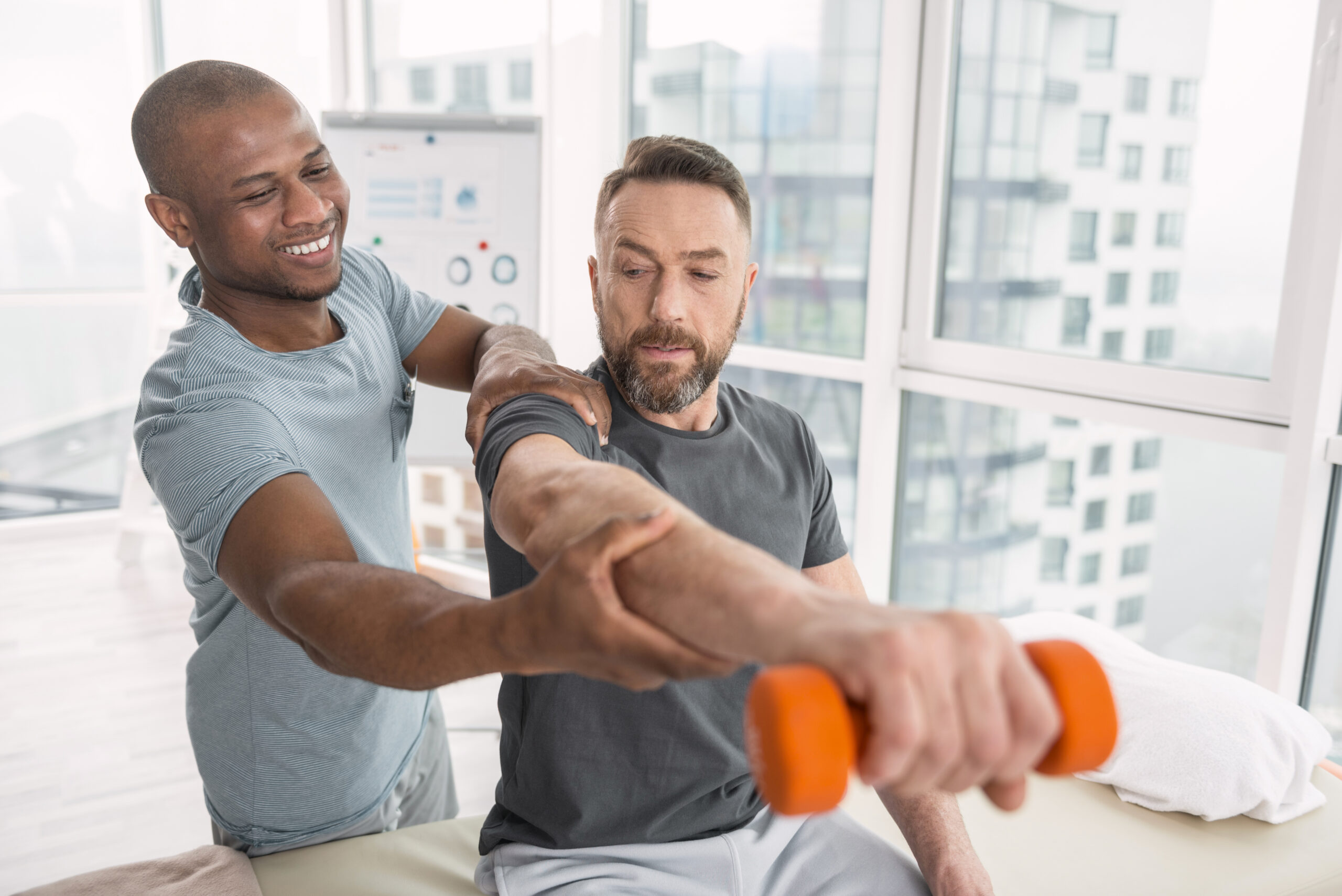Holistic Recovery: Specialist Physical Therapists Roanoke Tailoring Solutions
Holistic Recovery: Specialist Physical Therapists Roanoke Tailoring Solutions
Blog Article
Exactly How Physical Specialists Help in Injury Rehab
Physical therapists play a critical role in injury recovery, using their proficiency to aid patients in their healing trip. The preliminary action entails analyzing the nature and extent of the injury, which permits the physical therapist to establish a tailored therapy plan tailored to the individual's certain requirements. Additionally, physical specialists provide education on injury prevention and self-management, encouraging patients to take an energetic role in their rehabilitation procedure.
Analyzing the Injury and Developing a Treatment Strategy
To accurately analyze an injury and create an efficient therapy strategy, physiotherapists methodically examine the degree of the injury and its effect on the patient's functional capabilities. This analysis procedure is essential as it enables the physiotherapist to gather unbiased data and information concerning the injury, allowing them to make enlightened choices pertaining to the proper therapy interventions.
Throughout the evaluation, physiotherapists use a variety of strategies and devices to gather information about the injury. They may carry out checkups to examine the array of motion, toughness, and flexibility of the damaged location. They might additionally make use of specialized examinations to examine the individual's proprioception, control, and equilibrium. Furthermore, physiotherapists may assess clinical documents, diagnostic imaging records, and other pertinent papers to obtain an extensive understanding of the injury.
Once the analysis is complete, physiotherapists utilize the collected information to establish a customized treatment strategy for the person. This strategy may include therapeutic workouts, manual treatment methods, techniques such as heat or chilly therapy, and education on injury prevention and self-management techniques. The therapy strategy is tailored to deal with the specific demands and goals of the individual, intending to recover their useful capacities and enhance their overall lifestyle.
Utilizing Hand-operated Therapy Techniques
Physical specialists employ handbook therapy strategies to address the particular demands and goals of damaged people, boosting the efficiency of their treatment strategies. Manual treatment involves hands-on techniques that aim to improve mobility, decrease discomfort, and promote healing. These techniques are based upon a comprehensive understanding of makeup, physiology, and biomechanics, enabling therapists to target details areas of the body with accuracy.
One commonly used hand-operated therapy method is joint mobilization. This method involves the skilled application of force to a joint, intending to recover its normal variety of motion. By delicately setting in motion the joint, physiotherapists can reduce tightness, enhance versatility, and reduce discomfort.
Soft tissue mobilization is one more hand-operated therapy strategy often made use of by physiotherapists. This method involves applying stress and movement to muscles, ligaments, tendons, and other soft cells to enhance circulation, reduce muscle stress, and promote healing.
Additionally, hands-on treatment strategies such as massage and extending can help kick back muscle mass, improve adaptability, and enhance total function (physical therapy Roanoke). These techniques are usually integrated with restorative workouts and various other treatment methods to accomplish optimum outcomes
Creating and Supervising Personalized Workout Programs
Structure upon the hand-operated treatment strategies reviewed previously, physiotherapists utilize their expertise to design and monitor tailored exercise programs for injured people. These exercise programs are tailored to the specific requirements and abilities of each patient, taking into consideration their injury, medical background, and general goals for rehabilitation.
The very first step in designing a customized exercise program is to carry out an extensive analysis of the client's problem. Physiotherapists will certainly evaluate the individual's strength, flexibility, series of movement, and useful capabilities. he has a good point This assessment helps them recognize any areas of weak point or discrepancy that need to be addressed via targeted exercises.
Once the analysis is full, the physiotherapist will certainly make a workout program that consists of a selection of workouts targeting different muscular tissue groups and activity patterns. These workouts might consist of stretching, reinforcing, equilibrium training, and cardio activities. The therapist will certainly additionally take into account the patient's preferences, lifestyle, and readily available sources when designing the program.
As soon as the workout program is made, the physical therapist will lead the patient via each exercise, making sure proper type and technique. They will give assistance and support, making changes as needed to make sure the exercises are testing but not also difficult. The specialist will certainly likewise track the person's development and make alterations to the program as the person's capacities enhance.
Offering Education And Learning on Injury Avoidance and Self-management
In addition, physiotherapists enlighten hurt people on injury avoidance and self-management techniques. This facet of their function is essential in aiding patients understand exactly how to avoid future injuries and manage their present condition efficiently. By giving education on injury prevention, physical specialists equip individuals with the knowledge and devices needed to minimize the risk of re-injury. They show proper body technicians, appropriate pose, and secure methods for doing everyday tasks or engaging in sporting activities and physical activities. Through this education and learning, people learn just how to secure their bodies and prevent tasks that may exacerbate their condition.

Additionally, physiotherapists inform clients on the significance of adherence to their therapy strategy. They discuss the factors behind each intervention and the expected outcomes, making sure that patients understand the purpose and advantages of their treatment. By empowering clients with this understanding, physiotherapists urge active participation in their own recuperation procedure, promoting a sense of ownership and obligation for their health.
Monitoring Development and Adjusting Treatment as Required

Physiotherapists utilize numerous techniques to keep track of development. They assess the patient's variety of activity, strength, adaptability, and general useful abilities. They might also use specialized examinations and dimensions to track enhancements and recognize locations that require more interest.
By very closely keeping an eye on the progress, physiotherapists can recognize any type of possible barricades or challenges that might emerge during the rehabilitation procedure. This enables them to make timely modifications to the treatment strategy, ensuring that the therapy stays efficient and relevant to the client's needs.
Changes to the therapy strategy may include modifying exercises, lowering the intensity or increasing of therapy, or presenting brand-new methods or look at here methods to address specific areas of worry. The objective is to maximize the rehabilitation procedure and facilitate a quicker and more total healing for the client.
Along with keeping track of development and adjusting therapy, physical therapists also give recurring education and assistance to their people. This aids them recognize their condition much better, advertises self-management, and encourages them to proactively join their very own recovery.
Final Thought
In final thought, physiotherapists play a crucial role in injury recovery. They evaluate injuries, create therapy plans, make use of hands-on treatment strategies, style tailored exercise programs, supply education on injury prevention and self-management, and monitor progress. Through their experience and advice, physical specialists aid individuals recoup from injuries and regain optimum feature and wheelchair.

Report this page